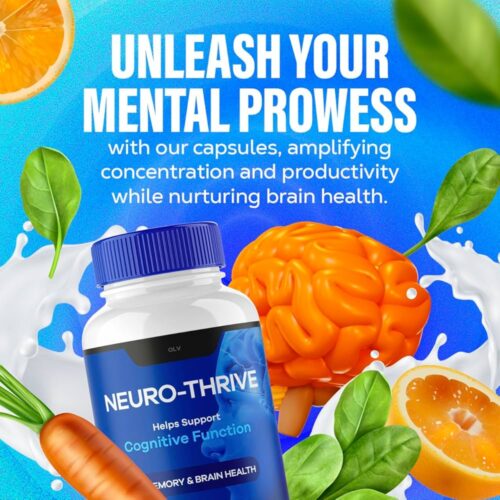In the realm of health and wellness, few topics ignite as much debate and intrigue as the comparison between testosterone therapy and anabolic steroids. As society grapples with evolving perceptions of masculinity, athleticism, and overall vitality, the distinctions between these two therapies often blur, leaving many to question their purposes, benefits, and risks. Testosterone therapy, often prescribed for legitimate medical conditions, aims to restore balance and enhance quality of life, while steroids, often associated with sports and performance enhancement, can lead to both physical transformation and ethical dilemmas. This article delves into the complexities of testosterone therapy and steroids, exploring their mechanisms, uses, and societal implications, offering clarity in a landscape rife with misconceptions and controversy. Join us as we untangle the science from the speculation, seeking to shed light on these potent substances and their impact on the human body.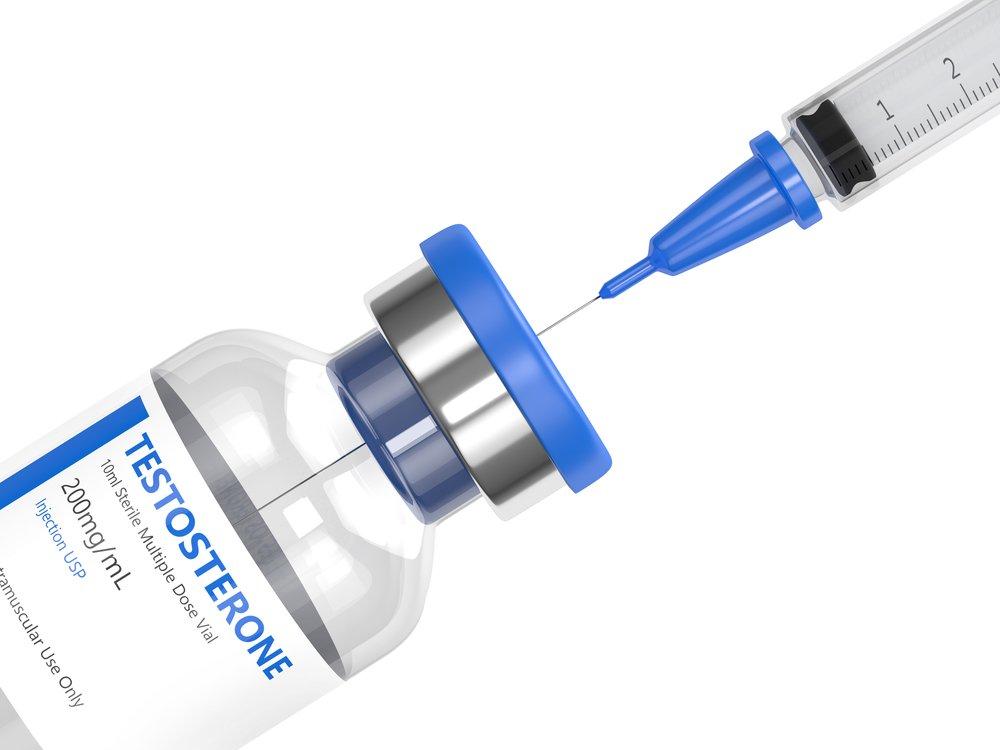
Understanding Testosterone Therapy and Steroid Use
Testosterone therapy is a medically supervised treatment designed to restore hormonal balance in individuals experiencing low testosterone levels, often referred to as hypogonadism. This therapy typically involves the use of bioidentical testosterone, which closely resembles the body’s natural hormone. The goal is to alleviate symptoms such as fatigue, loss of libido, and mood changes. Common delivery methods include:
- Injection – Administered directly into the muscle or under the skin.
- Patches – Applied to the skin to deliver testosterone transdermally.
- Gels – Rubbed onto the skin, allowing absorption into the bloodstream.
- Pellets – Implanted under the skin to release testosterone gradually.
In contrast, steroid use often refers to anabolic steroids, synthetic derivatives of testosterone designed to promote muscle growth and enhance athletic performance. While some individuals may seek these substances for therapeutic reasons, the non-medical use can lead to significant health risks and ethical concerns. Potential side effects of anabolic steroid use include:
- Heart problems - Increased risk of heart disease and hypertension.
- Liver damage – Toxic effects, including tumors and jaundice.
- Hormonal imbalances - Altered natural testosterone production, leading to infertility or other issues.
- Psychological effects - Potential for aggression, mood swings, and dependency.
While both therapies involve testosterone, the contexts and implications of their use are vastly different. Understanding the distinction between these approaches is crucial for individuals considering either option. The table below summarizes the key differences:
| Aspect | Testosterone Therapy | Anabolic Steroids |
|---|---|---|
| Purpose | Medical treatment for low testosterone | Enhancement of physical performance |
| Supervision | Administered by healthcare professionals | Often used without medical guidance |
| Side Effects | Managed and monitored | Can lead to severe health risks |
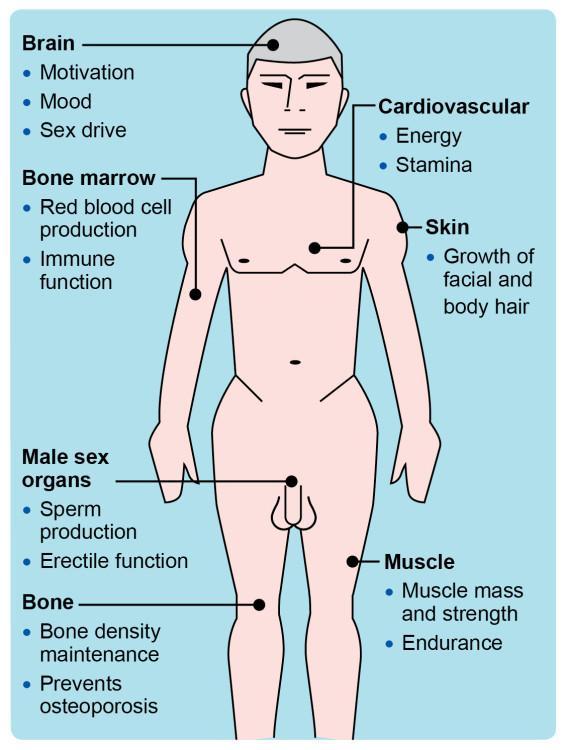
The Science Behind Testosterone: Hormones and Health
When discussing testosterone, it’s essential to differentiate between therapeutic use and the misuse of anabolic steroids. Testosterone therapy is a medically supervised treatment aimed at restoring hormone levels to an optimal range for those diagnosed with low testosterone. This therapy can provide numerous benefits, such as increased energy, improved mood, and enhanced muscle mass. In contrast, anabolic steroids are synthetic derivatives often used illicitly to boost athletic performance and appearance, which can lead to significant health risks, including cardiovascular disease, liver damage, and increased aggression. The approach to administration, patient monitoring, and intended outcomes sets these two uses apart fundamentally.
In a clinical setting, testosterone therapy focuses on restoring balance through controlled dosages. This treatment promotes several critical health benefits, including:
- Enhanced libido and sexual function
- Improvement in bone density
- Better cognitive function
- Increased muscle strength and volume
Conversely, users of anabolic steroids may experience a myriad of side effects, such as:
- Acne and skin problems
- Hormonal imbalances, including gynecomastia
- Increased risk of psychological disorders
- Potential fertility issues
It’s vital for anyone considering hormonal treatment to consult healthcare professionals to navigate these complex issues safely, ensuring a well-informed approach to health and wellness.
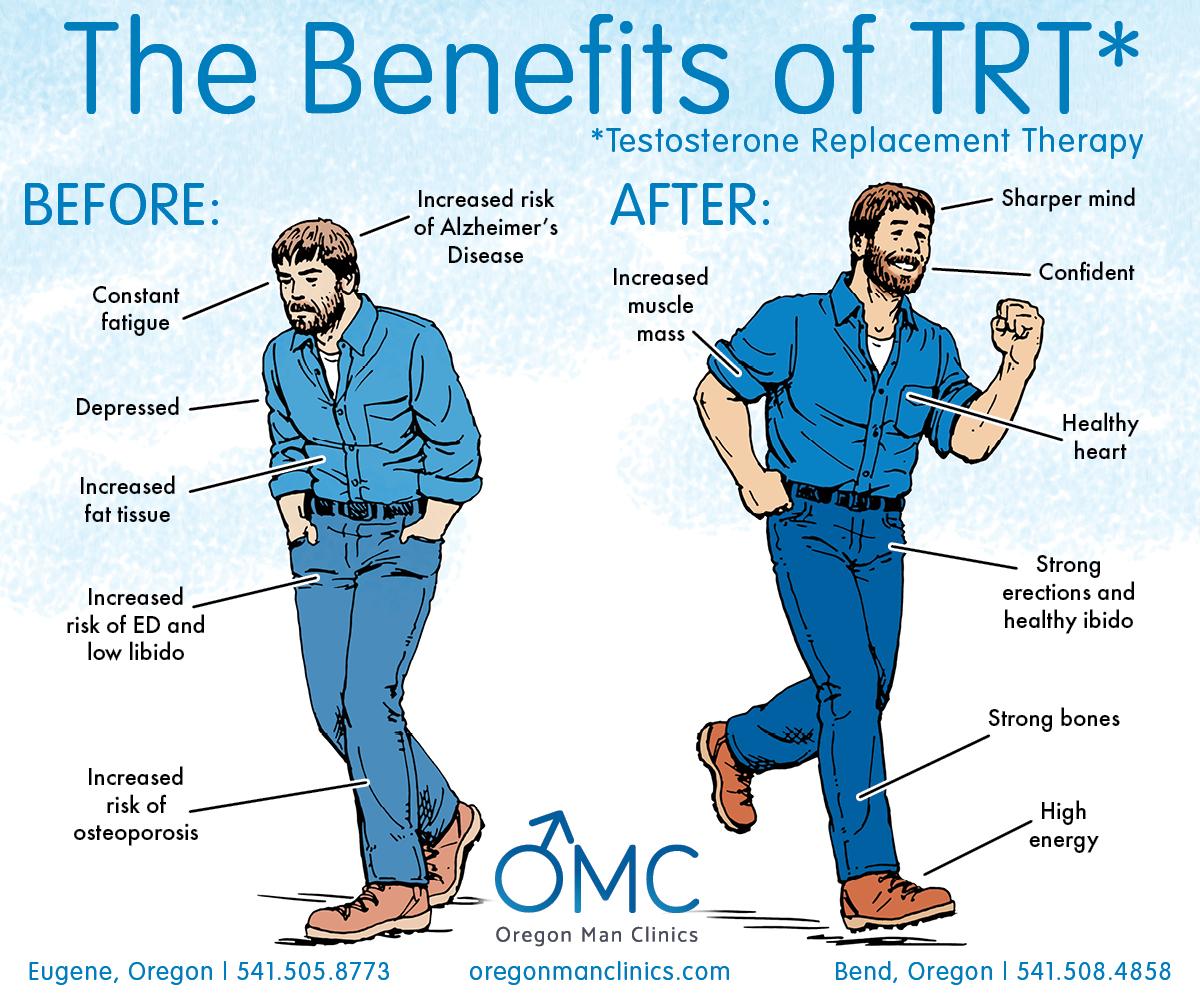
Comparative Benefits: Therapeutic Gains versus Anabolic Outcomes
When considering the differences between testosterone therapy and anabolic steroids, one must examine the distinct benefits each offers. Testosterone therapy is primarily aimed at restoring hormonal balance in individuals with low testosterone levels, often leading to profound therapeutic gains. Patients can experience improvements in mood, energy levels, libido, and overall quality of life. Some of the key benefits include:
- Enhanced Mood Stability: Many patients report reduced anxiety and depression.
- Increased Energy: Restoration of energy levels can lead to improved daily functioning.
- Better Cognitive Function: Some users notice sharpness in memory and mental clarity.
- Improved Bone Density: This is crucial for older adults at risk for osteoporosis.
In contrast, anabolic steroids are typically utilized for muscle hypertrophy and athletic performance enhancement. While they can yield remarkable anabolic outcomes, the gains often come with significant health risks and ethical considerations in sports. Users may see benefits such as:
- Rapid Muscle Growth: Anabolic steroids can significantly increase muscle mass in a shorter time.
- Enhanced Recovery: Users can train harder and recover faster between workouts.
- Improved Performance: Many athletes experience heightened strength and endurance.
Ultimately, when weighing testosterone therapy against anabolic steroids, it’s crucial to align the choice with individual health goals and potential risks.
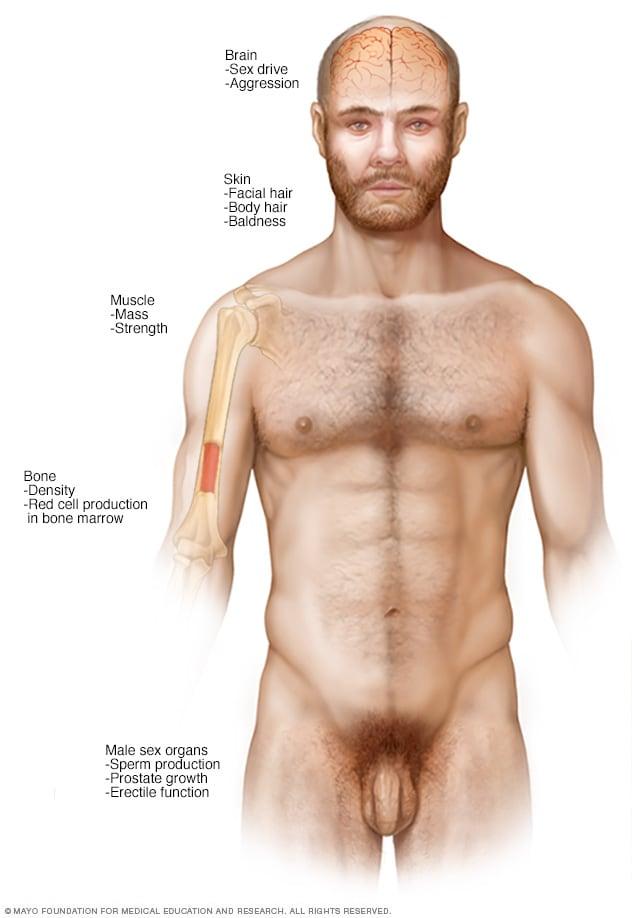
Potential Risks and Side Effects: Navigating the Dangers
Engaging in testosterone therapy or using anabolic steroids comes with a mix of potential risks and side effects that deserve careful consideration. While testosterone therapy can be a legitimate medical intervention when prescribed for conditions like hypogonadism, it is not without risks. Users might experience mood swings, acne, and sleep apnea. Additionally, users may face serious health concerns, including cardiovascular issues, liver damage, and hormonal imbalances. These side effects highlight the importance of medical oversight and ongoing monitoring for anyone considering testosterone therapy.
In contrast, anabolic steroids, often sought for performance enhancement, can lead to an even wider range of adverse effects. Not only do these substances pose risks such as infertility and gynecomastia, they can also contribute to aggressive behavior, psychological dependency, and cardiovascular problems. Below is a comparison of side effects associated with each option:
| Type | Common Side Effects |
|---|---|
| Testosterone Therapy | Acne, Mood Swings, Sleep Apnea, Cardiovascular Problems |
| Anabolic Steroids | Infertility, Gynecomastia, Aggression, Liver Damage |
Regulatory Framework: Legal Perspectives on Therapy and Steroids
The legal landscape surrounding testosterone therapy and anabolic steroids is intricate and often misunderstood. While testosterone therapy is frequently prescribed by healthcare professionals for legitimate medical conditions such as hypogonadism, anabolic steroids are predominantly recognized as controlled substances due to their association with non-medical use, particularly within sports and bodybuilding circles. The FDA regulates these substances differently; testosterone, when prescribed, is considered part of a treatment regimen, but steroids are typically classified under the Controlled Substances Act. This distinction creates a clear demarcation in legal perspectives, influencing how healthcare providers approach treatment and how patients access these therapies.
Understanding the regulatory nuances is essential for anyone considering these options. Here are some key points to consider:
- Prescription Requirement: Testosterone therapy must be prescribed by a healthcare professional, ensuring monitoring and medical oversight.
- Legal Consequences: Possession or distribution of anabolic steroids without a prescription can result in significant legal penalties.
- Clinical Purpose: Testosterone therapy addresses hormonal deficiencies, whereas anabolic steroids are primarily sought for enhancing physical performance.
- Health Risks: The potential for misuse and associated health risks necessitates a strict regulatory framework around anabolic steroids.
Making Informed Choices: Recommendations for Patients and Athletes
When it comes to optimizing health and performance, understanding the difference between hormone therapies and anabolic steroids is crucial for athletes and patients alike. Testosterone therapy is primarily prescribed to treat conditions like hypogonadism, where the body fails to produce adequate testosterone. On the other hand, steroids, often associated with enhancing physical capabilities, can lead to significant side effects and are typically used illicitly for performance enhancement. To make informed choices, individuals should consider factors such as their health status, long-term goals, and potential risks.
Best Practices for Making an Informed Decision:
- Consult with a qualified healthcare provider to evaluate hormonal levels.
- Be aware of the legal implications surrounding steroid use; they may lead to penalties in competitive sports.
- Consider the long-term health consequences versus the short-term benefits of each option.
- Explore alternative methods for performance enhancement, such as nutrition and training programs.
Key Differences:
| Aspect | Testosterone Therapy | Anabolic Steroids |
|---|---|---|
| Purpose | Clinical treatment for low testosterone | Performance enhancement |
| Regulation | Legally prescribed | Often illegal without prescription |
| Side Effects | Manageable with medical supervision | Potentially severe and long-lasting |
The Future of Hormonal Treatments: Trends and Innovations
The landscape of hormonal treatments is evolving rapidly, with a clear focus on distinguishing therapeutic approaches from performance-enhancing substances. As awareness increases, the medical community aims to refine the understanding of testosterone therapy and how it genuinely aids those with clinically low levels of testosterone. This involves the development of innovative delivery systems—such as injectable formulations, transdermal patches, and sublingual tablets—which promise to enhance patient compliance and outcomes. In addition, ongoing research into personalized hormone replacement therapies suggests that treatments can be tailored to individual genetic backgrounds, maximizing effectiveness while minimizing side effects.
Conversely, the use of steroids for non-medical purposes has led to a surge in concern over their safety and ethics. With an increasing awareness of the health implications associated with steroid abuse, there exists a renewed emphasis on education regarding the potential adverse effects, including cardiovascular issues, hormonal imbalances, and psychological changes. As society seeks safer alternatives for muscle enhancement, new compounds derived from natural sources are being developed, aimed at providing the anabolic effects of steroids without the associated risks. These innovations could reshape the market for performance-enhancing substances while enhancing the overall understanding of hormonal health.
| Aspect | Testosterone Therapy | Steroid Use |
|---|---|---|
| Purpose | Treat hypogonadism | Enhance performance/appearance |
| Administration | Prescribed methods (injections, patches) | Often self-administered |
| Legal Status | Generally legal with prescription | Often illegal without prescription |
| Health Risks | Minimized under supervision | Potentially severe and diverse |
Q&A
Q&A: Testosterone Therapy vs. Steroids
Q1: What’s the difference between testosterone therapy and steroids?
A1: Testosterone therapy is a medical treatment prescribed to individuals with low testosterone levels, often due to age or specific health conditions. It’s typically administered under the guidance of a healthcare provider to restore hormone levels to a normal range. Steroids, on the other hand, usually refer to anabolic steroids, which are synthetic variations of testosterone that some people misuse to enhance athletic performance or body image. While both involve testosterone, therapy aims to optimize health, whereas steroids are often used non-medically and can carry significant risks.
Q2: Who is a candidate for testosterone therapy?
A2: Candidates for testosterone therapy typically include men experiencing symptoms of hypogonadism, such as fatigue, depression, decreased libido, or muscle weakness. Healthcare providers assess levels through blood tests, evaluating not just testosterone but also overall health before recommending treatment. Women may also be prescribed testosterone therapy for specific conditions, such as menopausal symptoms or certain hormonal imbalances.
Q3: What are the potential benefits of testosterone therapy?
A3: Testosterone therapy can offer several benefits, including improved energy levels, enhanced mood, increased muscle mass, better bone density, and heightened libido. Many patients report an overall enhancement in quality of life as they experience a return to youthful vitality. However, it’s vital to note that these outcomes depend on individual health factors and should always be discussed with a medical professional.
Q4: Are there risks associated with testosterone therapy?
A4: Yes, like any medical treatment, testosterone therapy comes with potential risks. These can include an increased risk of cardiovascular issues, changes in cholesterol levels, and potential exacerbation of prostate problems in men. Regular monitoring by a healthcare provider is crucial to mitigate these risks. It’s essential that therapy is tailored to the individual’s needs and health status.
Q5: What about anabolic steroids? What are the risks involved with their use?
A5: Anabolic steroids carry significant risks, particularly when used without medical supervision. Side effects can include liver damage, high blood pressure, mood swings, aggression, infertility, and an increased risk of heart disease. Psychologically, users may develop a dependency on steroids, leading to a cycle of misuse. Their appeal in the world of sports and bodybuilding stems from their ability to enhance performance and muscle growth, but the long-term health consequences can be severe.
Q6: Can testosterone therapy and anabolic steroids be used interchangeably?
A6: No, they should not be used interchangeably. While both involve testosterone, their purposes differ greatly. Testosterone therapy is a medically supervised treatment for specific health issues, whereas anabolic steroids are often used illicitly for enhancement purposes. The approach to their use, dosages, and intended outcomes are fundamentally different, and switching between the two can lead to dangerous health consequences.
Q7: What should someone consider before starting testosterone therapy or using steroids?
A7: Individuals should always consult with a healthcare professional before starting testosterone therapy or considering anabolic steroids. An informed discussion about symptoms, health history, and goals is essential to ensure safety and effectiveness. Understanding the potential benefits and risks, as well as adhering to medical guidelines, is crucial for making the right choice for one’s health.
Q8: How does society view the use of testosterone therapy compared to steroids?
A8: Society tends to have a more favorable view of testosterone therapy, recognizing it as a legitimate medical treatment that can improve quality of life for those with deficiency. Conversely, anabolic steroids are often viewed with skepticism due to their association with cheating in sports and potential for abuse. This dichotomy highlights the importance of context when discussing hormone treatments, emphasizing the need for professional oversight.
In Summary: Understanding the distinction between testosterone therapy and anabolic steroids is crucial for anyone considering hormone treatment. The former is a regulated and targeted approach to address hormonal imbalances, while the latter poses significant risks and ethical considerations in athletic contexts. Always engage with healthcare providers for guidance tailored to individual needs.
Wrapping Up
In the intricate world of hormones, the debate between testosterone therapy and anabolic steroids presents a fascinating, yet often misunderstood, landscape. As we navigate the nuances of these two approaches, it becomes clear that context is everything. Testosterone therapy emerges as a beacon for those grappling with deficiencies, offering a medically supervised path to restoring balance and vitality. In contrast, anabolic steroids, often clouded by the shadows of misuse, can pose significant health risks while appealing to the quest for enhanced physical performance.
Ultimately, the choice between testosterone therapy and steroids should be grounded in informed decision-making, guided by medical advice and personal health goals. As research continues to unfold, and societal perceptions evolve, understanding the delicate balance between hormone health and performance enhancement becomes paramount. Whether seeking to reclaim vitality or achieve new heights in athletics, knowledge is a powerful ally in the journey toward better health. As we close this chapter, let us carry forward the insights gained, ensuring a thoughtful approach to our bodies and their needs.



